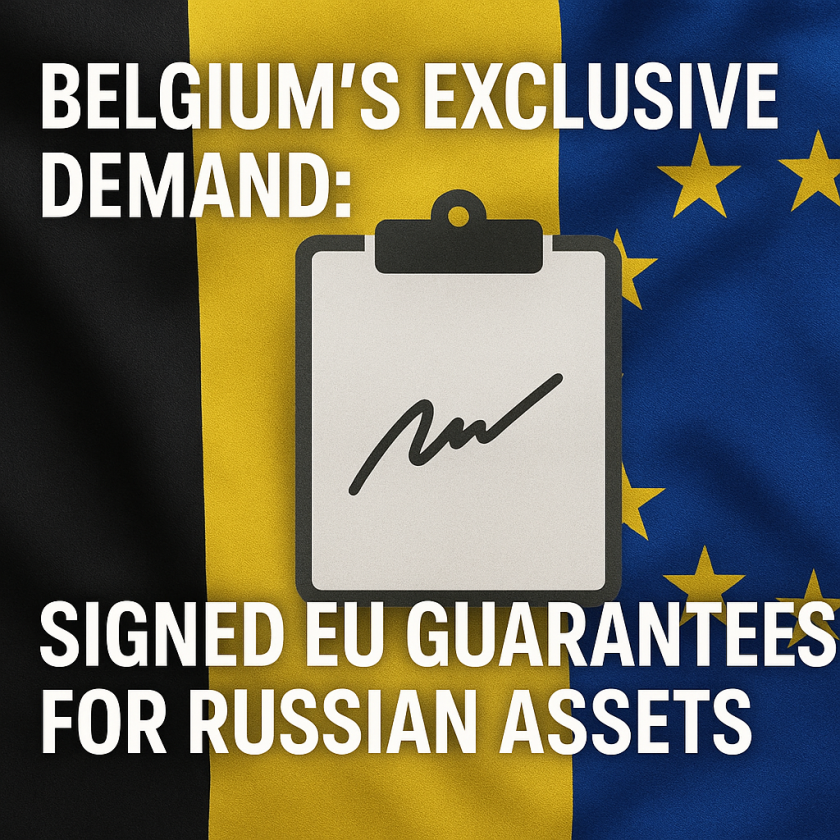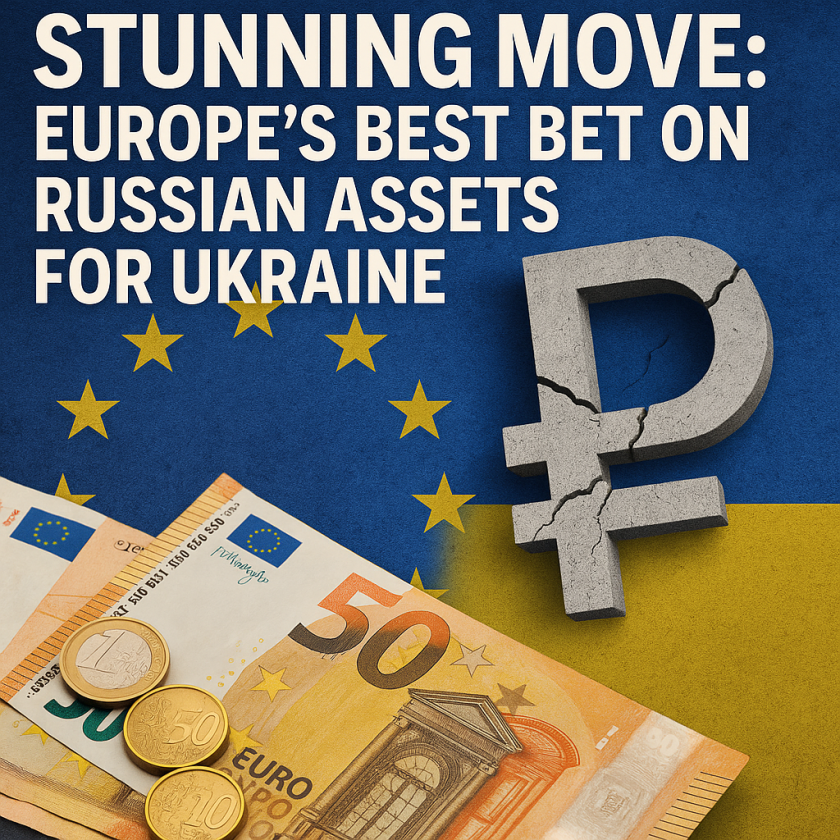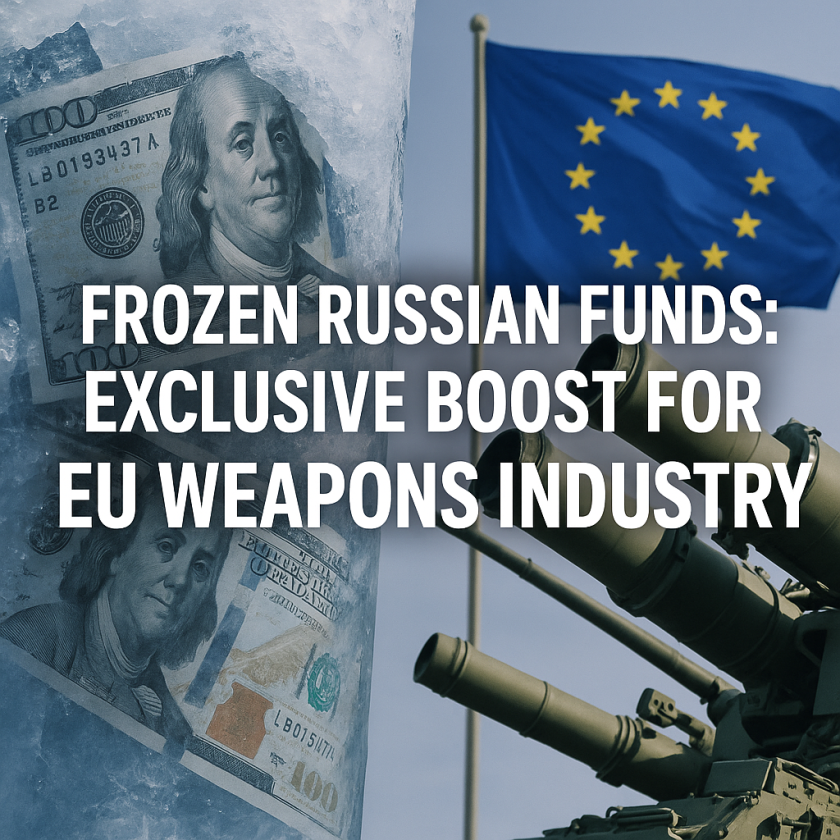Is the EU Aligning with Zelensky to Challenge Russia and the US?
Is the EU Aligning with Zelensky to Challenge Russia and the US?
Introduction
The geopolitical landscape is witnessing a potential shift as the European Union (EU) appears to be aligning more closely with Ukrainian President Volodymyr Zelensky. This alignment could signal a strategic move to challenge both Russian aggression and the influence of the United States in Eastern Europe.
EU’s Strategic Positioning
The EU’s alignment with Zelensky is driven by several key factors:
- Support for Ukraine: The EU has consistently supported Ukraine’s sovereignty and territorial integrity, especially in the wake of Russia’s annexation of Crimea and ongoing conflicts in Eastern Ukraine.
- Energy Independence: Reducing dependency on Russian energy supplies is a priority for the EU, and Ukraine plays a crucial role as a transit country for gas pipelines.
- Shared Democratic Values: The EU and Ukraine share a commitment to democratic principles, which strengthens their partnership against authoritarian regimes.
Challenges in the EU-US Relationship
While the EU and the US have historically been allies, recent developments have introduced some friction:
- Trade Disputes: Ongoing trade disagreements have strained economic relations between the EU and the US.
- Defense Spending: The EU’s push for greater autonomy in defense matters has led to tensions with the US, which has traditionally been the primary security provider in Europe.
- Diplomatic Differences: Divergent approaches to global issues, such as climate change and international agreements, have highlighted differences in EU-US diplomacy.
Implications for Russia
The EU’s closer ties with Ukraine pose significant challenges for Russia:
- Increased Isolation: Strengthened EU-Ukraine relations could further isolate Russia on the international stage.
- Economic Sanctions: The EU’s continued support for sanctions against Russia impacts its economy and political leverage.
- Security Concerns: Enhanced EU-Ukraine cooperation may lead to increased military collaboration, heightening security concerns for Russia.
Conclusion
The EU’s alignment with Zelensky represents a strategic effort to bolster Ukraine’s position against Russian aggression while navigating complex relations with the US. This evolving dynamic underscores the EU’s commitment to supporting democratic values and seeking greater autonomy in its foreign policy. As the situation develops, the EU’s role in Eastern Europe will be crucial in shaping the region’s future stability and security.







































